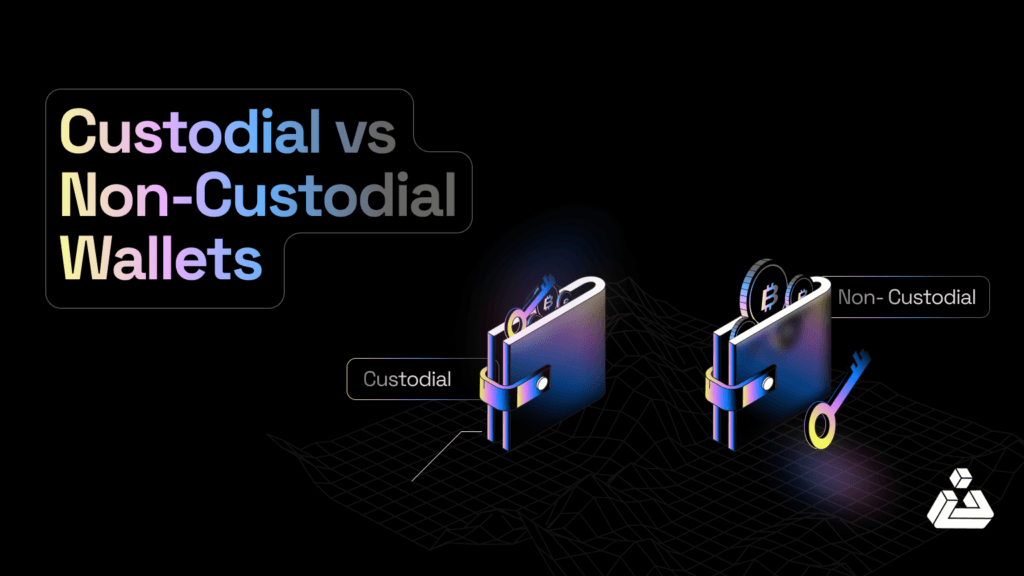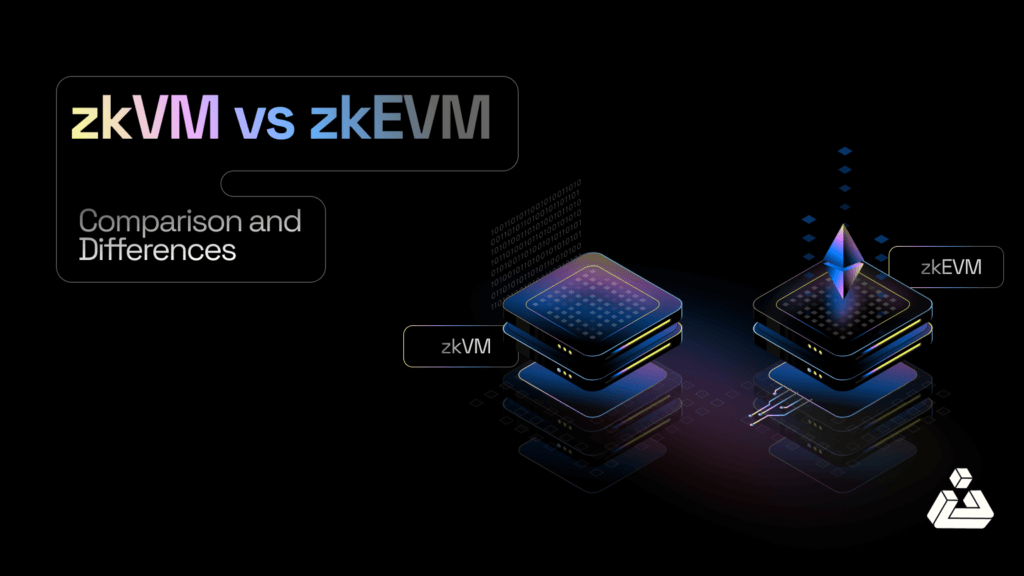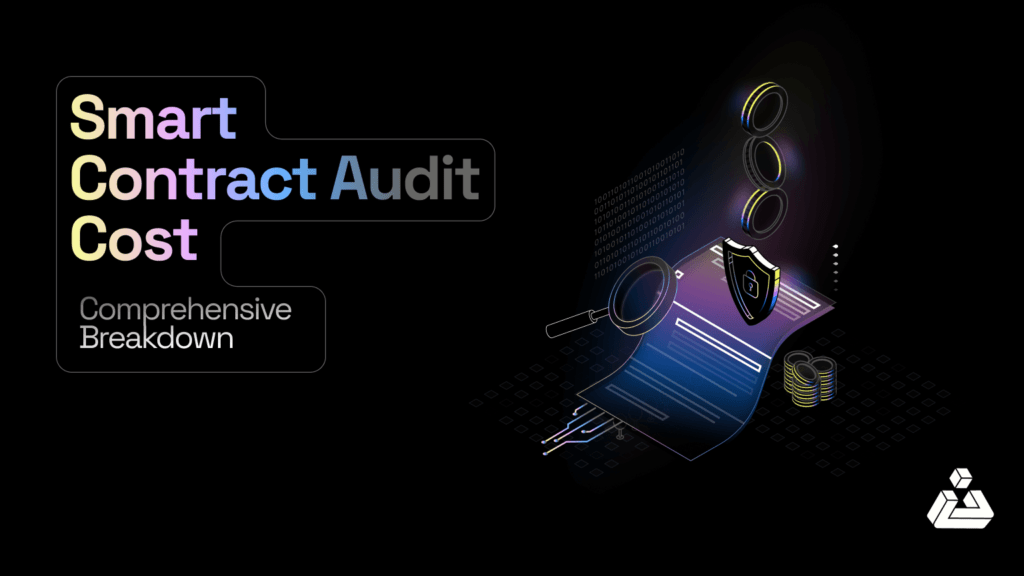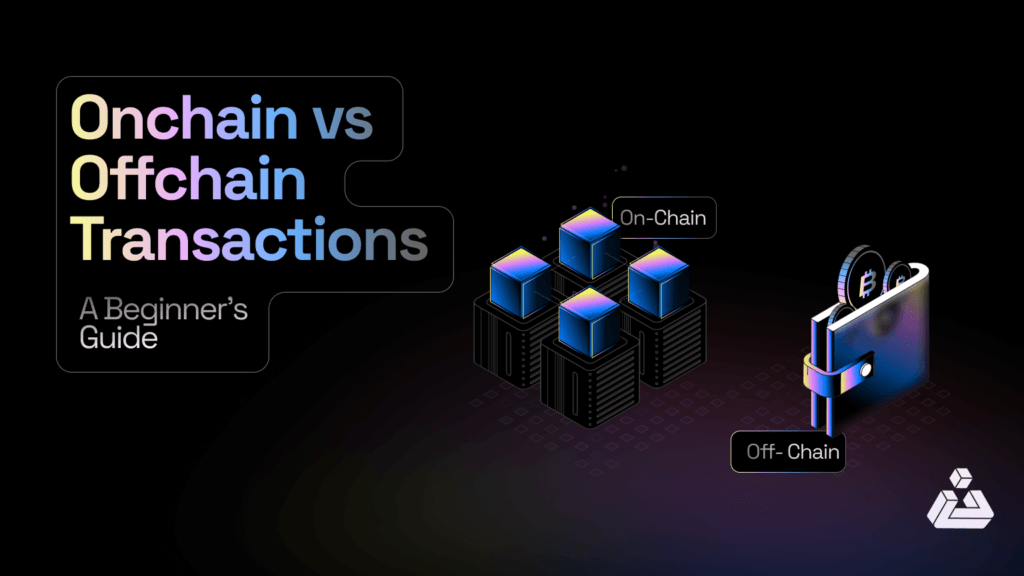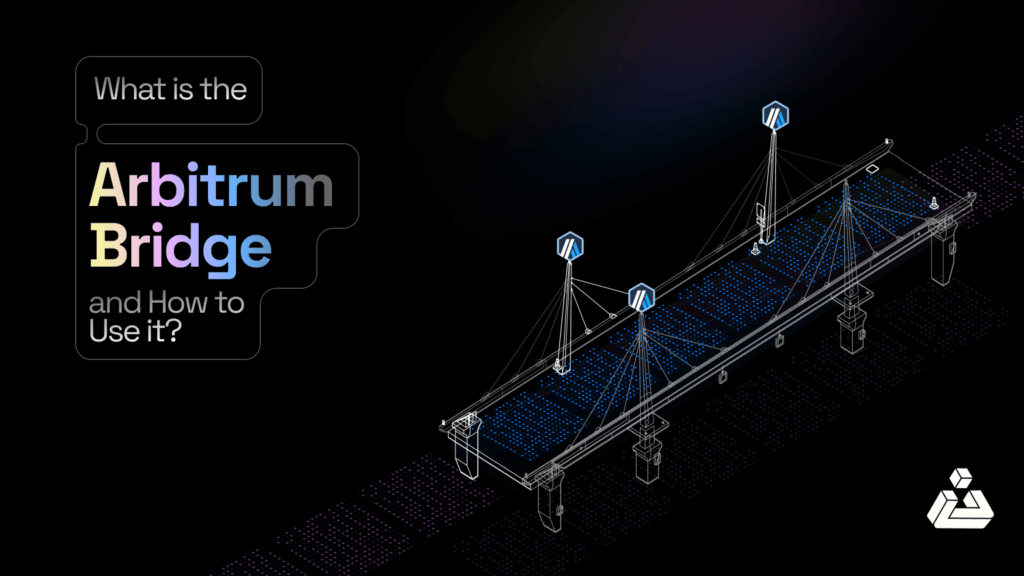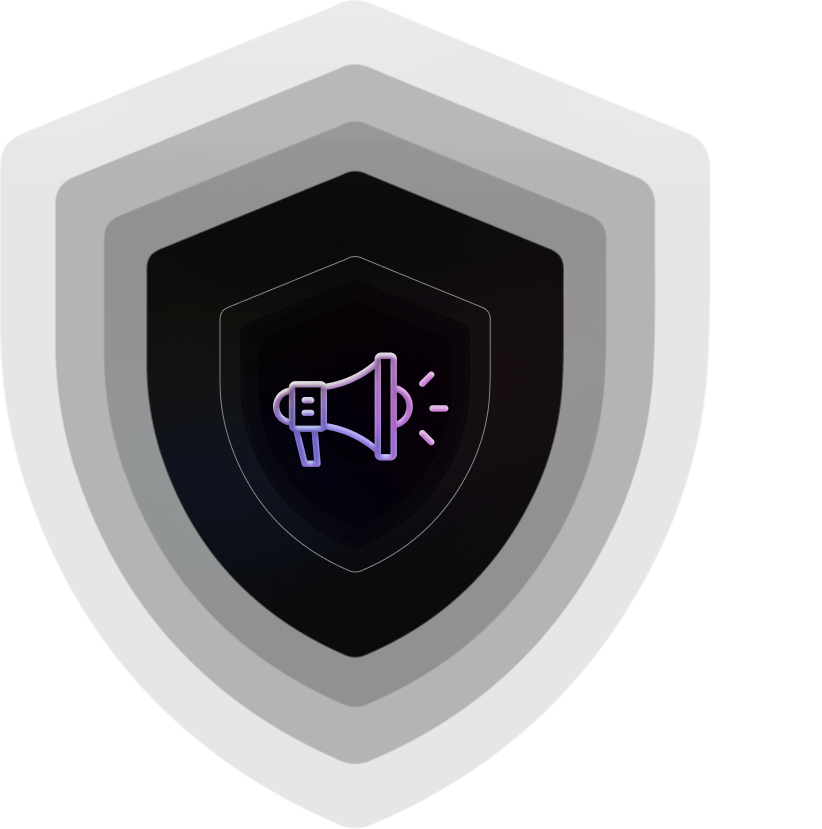In this article, we will explore the two primary types of Web3 wallets: custodial and noncustodial, examining their features, advantages, disadvantages, and the scenarios in which they are most useful.
The advent of Web3 has revolutionized how we interact with the internet, placing a strong emphasis on decentralization and user control. At the heart of this transformation are Web3 wallets, essential tools for managing digital assets and serving as a gateway to decentralized applications (dApps).
What Are Wallets in Web3?
Web3 wallets are digital tools that allow users to store, manage, and interact with cryptocurrencies and decentralized applications. Unlike traditional digital wallets that primarily store payment information, Web3 wallets are designed to handle a wide range of digital assets and provide the necessary infrastructure to engage with the decentralized web.
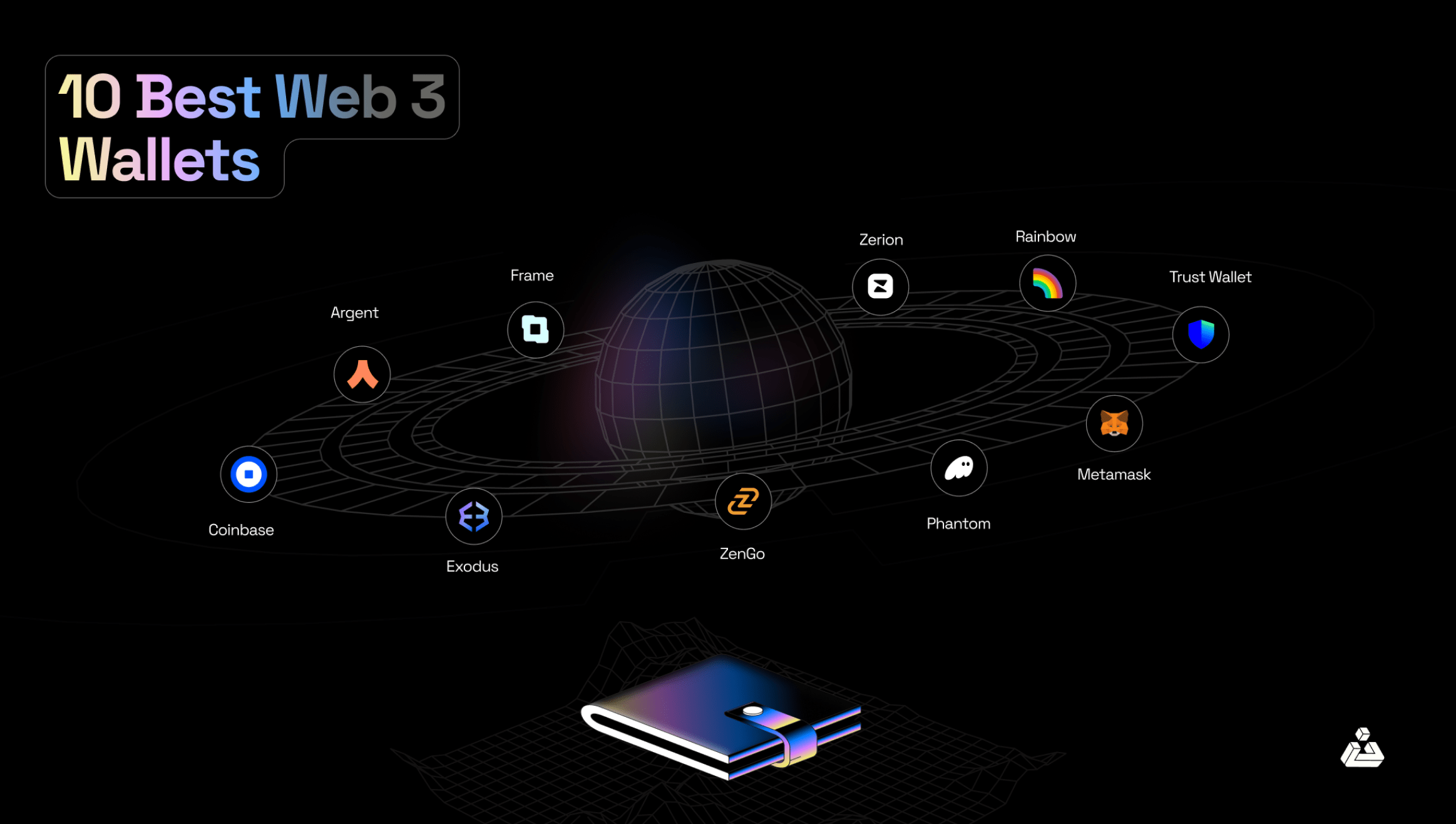
NOT YOUR KEYS, NOT YOUR WALLET?
Custodial Web3 Wallets
The custodial wallet is one in which you don’t have access to private keys. They have some type of login mechanism. Custodial wallets are managed by third-party service providers who take responsibility for securing and managing the user’s private keys.
These wallets offer several advantages, particularly for beginners, including ease of use, integrated services, and recovery options for lost credentials. However, they also come with significant drawbacks such as lack of full control over assets, security risks from centralized attacks, and dependence on the reliability of the service provider.
Examples of custodial wallets
- Binance
- Coinbase Exchange – (This is different from Coinbase Wallet)
- Kraken Exchange
- Reddit Vault
Noncustodial Web3 Wallets
Noncustodial wallets, on the other hand, are wallets in which users have access to their private key which enables the user to login to their account. Noncustodial wallets give users full control over their private keys and, consequently, their digital assets. The primary advantage of noncustodial wallets is enhanced security, as users are not reliant on a third party.
Additionally, these wallets enable direct interaction with a wide range of dApps and decentralized finance (DeFi) platforms. However, users must take full responsibility for protecting their private keys, and there is a higher learning curve, especially for those new to the space.
Examples of non-custodial wallets
- Metamask
- Trust Wallet
- Zengo
- Exodus
Key Differences Between Custodial and Noncustodial Wallets
The most significant difference between custodial and noncustodial wallets lies in the control and ownership of private keys. Custodial wallets manage these keys on behalf of users, while noncustodial wallets require users to manage their own keys. This difference impacts security, user experience, and the level of control users have over their assets.
| Feature | Custodial Wallets | Non-Custodial Wallets |
|
Private Key Control |
Third-party holds the private key | User holds the private key |
|
Security |
Centralized, may be vulnerable to hacking | Decentralized, more secure |
|
Access |
User can access through username and password | User has direct access to private key |
|
Responsibility |
Exchange or provider is responsible for security | User is responsible for security |
|
Control |
Exchange or provider has control over funds | User has full control over funds |
|
Risk |
Risk of exchange or provider losing or hacking funds | Risk of user losing or misusing private key |
|
Complexity |
Easier to use, more user-friendly | More complex, requires technical knowledge |
|
Fees |
May charge fees for transactions | No fees for transactions (gas fee is not for wallets) |
|
Portability |
Limited portability, tied to exchange or provider | Highly portable, can be used with any blockchain |
|
Recovery |
Exchange or provider can recover funds in case of loss | User must recover private key in case of loss |
Pros and Cons Of Custodial and Non-custodial Wallets
Pros of Custodial Wallets
- Convenience: Custodial wallets are often easy to use and require minimal technical expertise.
- Security: Reputable custodial wallets have robust security measures in place to protect users’ assets.
- Customer support: Custodial wallets typically offer customer support and assistance with any issues that may arise.
- Regulatory compliance: Custodial wallets are often compliant with regulatory requirements, making them a good option for those who need to comply with specific regulations.
Cons of Custodial Wallets
- Loss of control: Users do not have full control over their private keys and assets, which can be a concern for those who value decentralization.
- Risk of hacking: If a custodial wallet is hacked, users’ assets may be at risk of being stolen.
- Dependence on third-party: Users rely on the custodial wallet provider to manage and secure their assets, which can be a risk if the provider is not reliable.
- Limited flexibility: Custodial wallets may have limited customization options and may not allow users to make changes to their wallet settings.
Pros of Non-Custodial Wallets
- Control: Non-custodial wallets give users full control over their private keys and assets.
- Security: Non-custodial wallets are often considered more secure because users have complete control over their assets and can make sure they are stored safely.
- Flexibility: Non-custodial wallets offer more flexibility and customization options, allowing users to make changes to their wallet settings as needed.
- Decentralization: Non-custodial wallets promote decentralization and give users more control over their assets.
Cons of Non-Custodial Wallets
- Complexity: Non-custodial wallets can be more complex to use and require more technical expertise.
- Responsibility: Users are fully responsible for managing and securing their assets, which can be a significant responsibility.
- Limited support: Non-custodial wallets often do not offer customer support, leaving users to troubleshoot issues on their own.
- Risk of loss: If users lose their private keys or mnemonic phrases, they may lose access to their assets.
Which Wallet is for you?
When deciding between a custodial and non-custodial wallet, it’s essential to consider the level of control and responsibility you’re willing to take on.
When to Choose a Custodial Wallet?
- If you’re new to cryptocurrencies and want a hassle-free experience.
- If you prefer the convenience of having a third party manage your assets.
- If you’re willing to trade off some control for added security and peace of mind.
When to Choose a Non-Custodial Wallet?
- If you’re comfortable with the added responsibility of managing your private keys.
- If you want complete control over your assets and transactions.
- If you’re willing to take on the risk of losing your private key.
Security Considerations
For custodial wallets, users should choose reputable providers and enable two-factor authentication (2FA) to enhance security. For noncustodial wallets, it is crucial to safeguard private keys, use hardware wallets for added security, and follow best practices to avoid phishing and other scams.
Hardware Wallets
For users seeking maximum security for their digital assets, hardware wallets offer an extra layer of protection. These physical devices store your private keys offline, significantly reducing the risk of online attacks. While not directly competing with software wallets, hardware wallets can be a complementary solution for those prioritizing top-tier security.
Examples of Hardware Wallets
- Ledger Wallet
Offers three different hardware wallets: the Ledger Nano S Plus, the Ledger Nano X, and the Ledger Stax. These hardware wallets work with the Ledger Live app, which the owner uses to access the keys and purchase and manage your crypto.
- Trezor Model T
A hardware wallet with a big screen that is very easy to navigate. It is an expensive wallet, but it is a good option for those who want a wallet from the original inventor of the hardware wallet.
- Bitbox02
A small, discreet hardware wallet from the Swiss company Shiftcrypto. It has a built-in USB-C connector, allowing it to be connected directly to a smartphone or PC.
Trends in Web3 Wallets
The trends of Web3 wallets are promising, with emerging technologies and features aimed at enhancing security and usability. Multi-signature wallets and social recovery mechanisms are becoming more popular, providing additional layers of security and flexibility. Additionally, regulatory changes may impact how custodial and noncustodial wallets operate, emphasizing the need for users to stay informed and adaptable.
Conclusion
Choosing the right type of Web3 wallet is crucial for navigating the decentralized web. Whether opting for the convenience of custodial wallets or the control offered by noncustodial wallets, users must consider their individual needs and preferences. As the Web3 landscape continues to evolve, staying informed and vigilant is key to securely managing digital assets and engaging with the exciting world of decentralized applications.
FAQs
Q: What is the difference between custodial and non-custodial wallets?
A: The primary difference lies in the management of the private key. In custodial services, a third party manages the private key on behalf of the user, while in non-custodial wallets, the user retains full control and management of their private key.
Q: How do you create the best non-custodial wallet?
A: Creating a high-quality non-custodial crypto wallet is a complex and detailed process. It is advisable to consult with a reputable blockchain development company like BlockApex to ensure the wallet is secure, reliable, and user-friendly.
Q: How does a custodial wallet work?
A: In a custodial wallet, a third party manages the user’s funds and private keys. The user transfers their funds to an address controlled by the third party, which then manages the funds. The user cannot perform transactions without the involvement of this third party, which adds a layer of security but reduces user control.
Q: What does non-custodial mean?
A: Non-custodial, in the context of blockchain wallets, refers to a type of wallet where users have full ownership and control of their private keys. The keys are stored in an encrypted format, giving users complete control over their funds and transactions.
Q: What are private keys?
A: Private keys are a series of alphanumeric codes that are used in conjunction with a public key to enable secure transactions in cryptocurrency. They are essential for accessing and managing one’s crypto assets. For those seeking expert advice on blockchain wallets, consulting with professionals from a reputable blockchain app development company is recommended.

